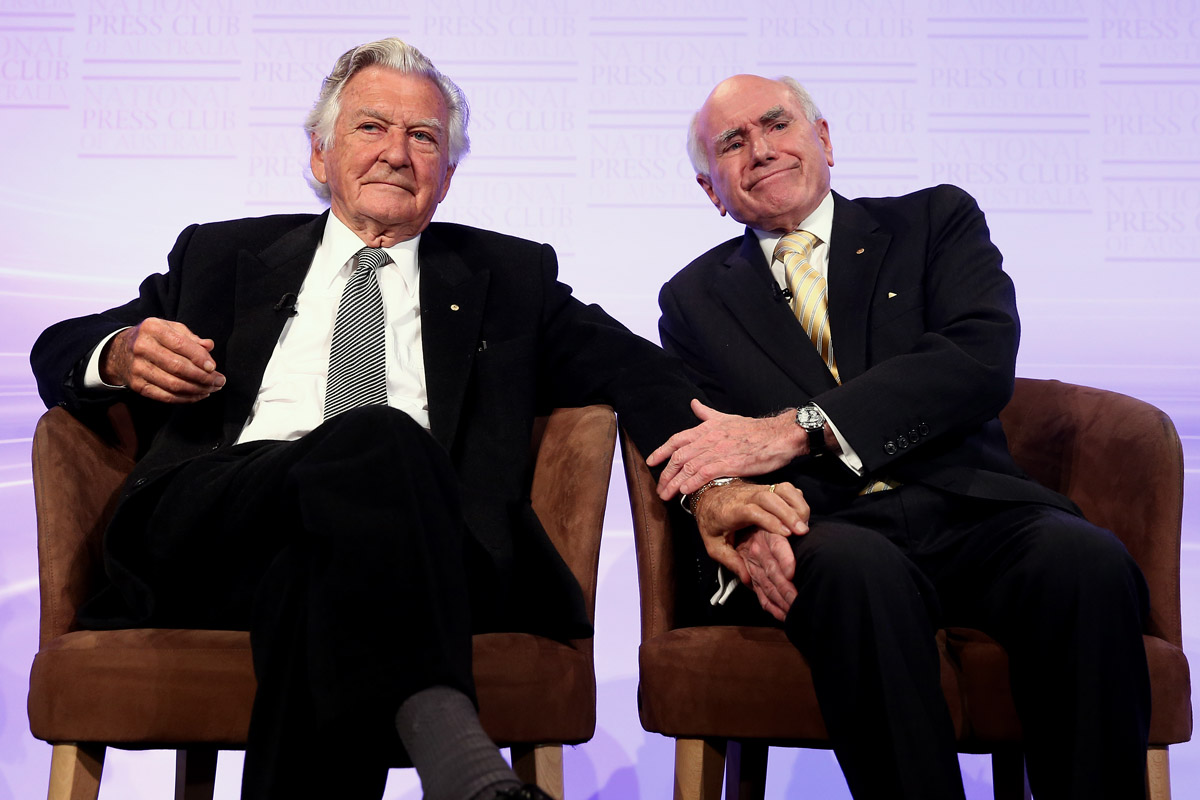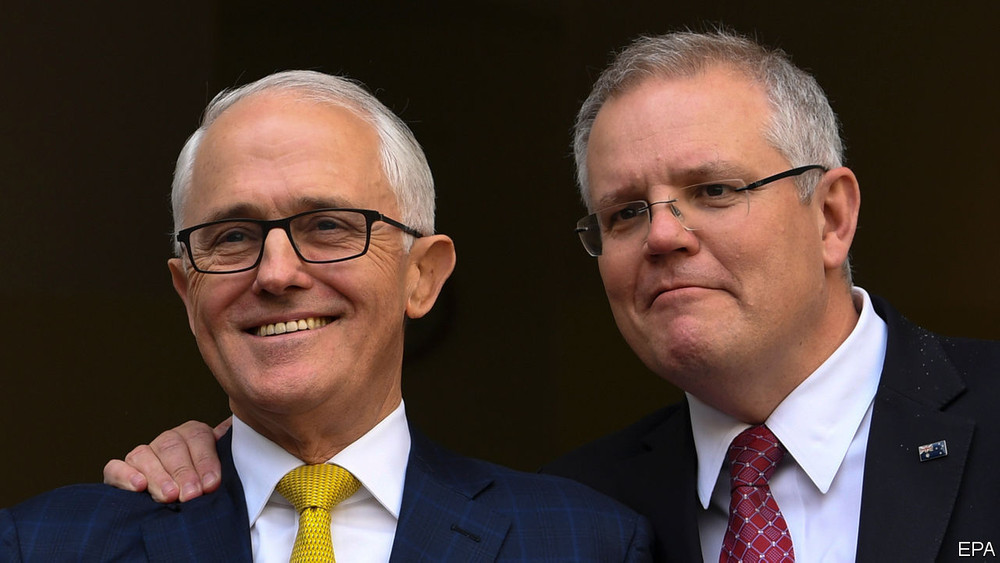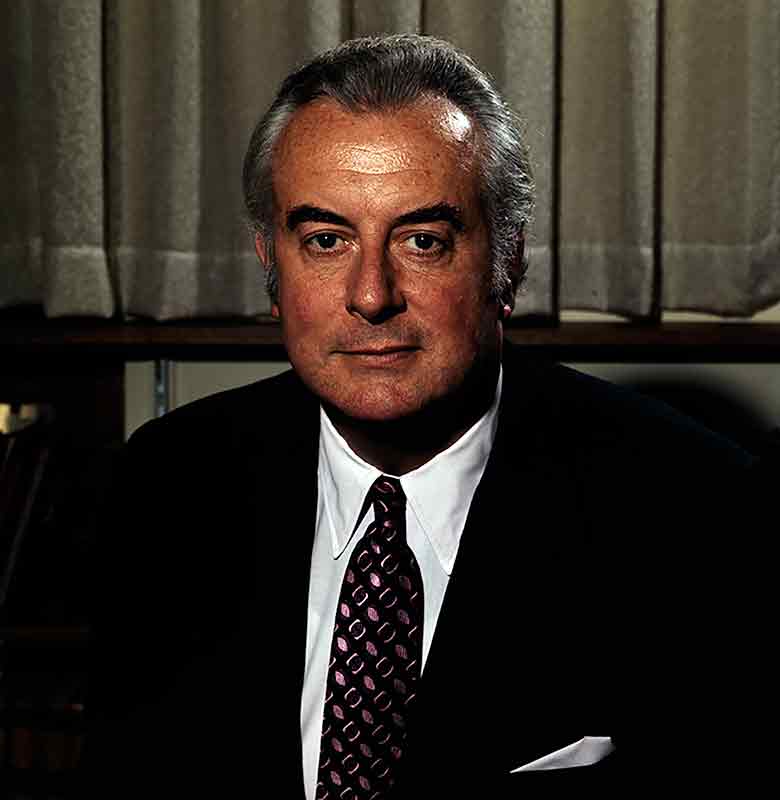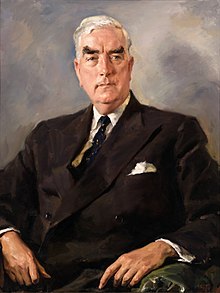
The language of leadership
Today more than ever we can see the power of political leadership to make or break a country through difficult times.
Australia's prime minister is elected to serve our country and speak for our people. Their words should reflect both the sentiment of the people and the cultural themes of their time, as well as set a bold vision for the Australia we all want to create.
This project performs a deep dive into tens of thousands of transcripts from prime ministers over the last 60 years. The resulting analysis gives a thought-provoking snapshot through time of the issues that have impacted us as a nation, and a rich genesis of some of the critical issues we face today.
An overview
This is an entry for GovHack 2020. I used the PM Transcripts Respository as my key data source. This source captures speeches, media releases, press conferences and other official transcripts for prime ministers.
I performed significant data munging and cleansing to shape the data into a form where it could be easily consumed and understood in graphical form.
The code for this project is at a GitHub repository. This includes the scripts used to manipulate the data, this website, and JSON extracts of the summarised data I created, available to others for further analysis. My competition entry page is on the GovHack site.
Below are some samples of the analysis I created, for your browsing! Please note that due to the size of some of these charts, this site is best viewed on a desktop or laptop device.

These are a few of my favourite words
This chart shows the most commonly used word by prime minister by year. The size of the bar indicates the level of focus on that term during that year.
Evolution, visualised
This chart shows the evolution of the most commonly used word by prime minister by year. Watch the change unfold, or pause the animation to delve deeper.
Trace a theme
Select a term from the list below to explore the popularity of that theme over time.
economy | work | tax | world | support | health | community | debate | public | party | global | business | indigenous | future | policy | energy | system | labor | political | women | financial | give | carbon | relation | banks | reform | empire | loan | commonwealth | commission | committee | war | security | military | local | state | broadcasting | wool | wheat | meat | oil | gold | mining | export | agriculture | legislation | britain | manufacturing | federal | election | customs | foreign | president | hope | budget | investment | issue | trade | defence | services | climate | commitment | industry | treasurer | growth | money | liberal | regional | plan | building | challenges | families | development | education | infrastructure | fair | change | social | funding | peace | company | jobs | employers | hospitals
Showing:
Get to know your favourite PM
See a word cloud for each prime minister, with the size of the word indicating the frequency of usage.


